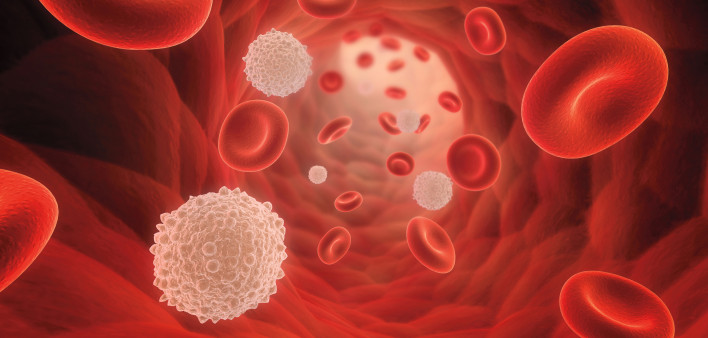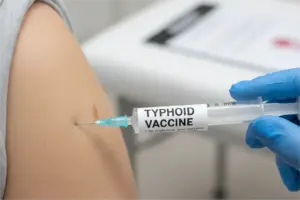
China’s healthcare landscape is entering a transformative phase with the recent approval of two groundbreaking treatments: the nation’s first stem cell therapy and a novel HIV drug requiring just two annual doses.
Stem Cell Therapy for Acute Graft-Versus-Host Disease (aGVHD)
The National Medical Products Administration has conditionally approved an innovative mesenchymal stromal cell injection developed by Platinum Life. This therapy targets acute graft-versus-host disease (aGVHD), a severe and often fatal complication affecting patients who have undergone bone marrow transplants.
Key Details:
Designed for patients aged 14+ who do not respond to standard steroid treatments.
Represents a milestone as the first approved stem cell therapy in mainland China.
Fast-tracked under the accelerated market registration pathway for urgently needed drugs.
Stem cell therapy harnesses the regenerative properties of stem cells, offering potential treatments for complex diseases like diabetes, Parkinson’s, and cancer.
Progress in China:
In May, Platinum Life secured China’s first drug manufacturing license for stem cell treatments.
Over 141 hospitals are registered for stem cell clinical studies, signaling growing momentum in this innovative field.
Experts like Chen Jiekai of the Chinese Academy of Sciences emphasize this approval as a pivotal step toward clinical applications and regulatory oversight of stem cell treatments.
HIV Treatment Revolution: Lenacapavir
China also approved lenacapavir, a long-acting HIV treatment developed by Gilead Sciences.
Highlights:
Targets HIV patients with multidrug resistance who struggle with viral suppression using current therapies.
Administered through two annual injections, simplifying treatment and improving patient compliance.
Previously approved in Europe and the U.S. in 2022, with ongoing research into its potential for preventing HIV infection.
What These Approvals Mean
These developments underscore China’s commitment to advancing healthcare innovations and addressing unmet medical needs:








